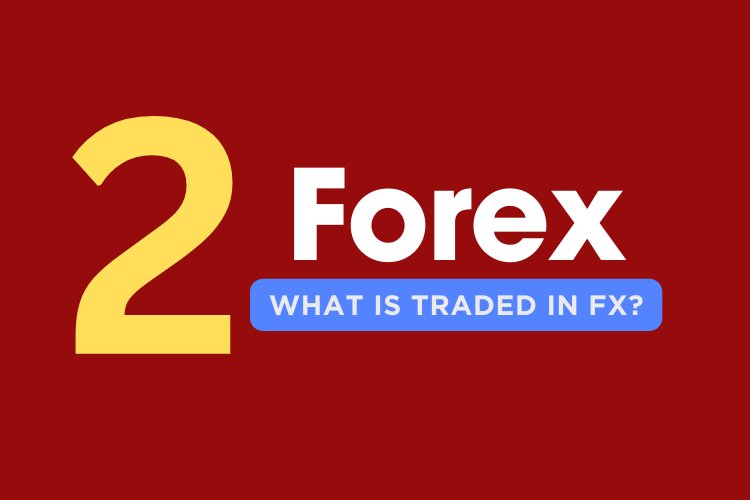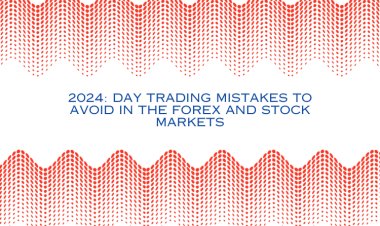Lesson number two: What is traded in forex?
"Discover the fundamentals of what is traded in the forex market with Lesson 2 by Robbie Garnier. Understand how trading currencies work, the significance of major currencies, and prepare for the financial future. This lesson breaks down the abstract concept of forex trading into comprehensible insights, equipping you with the knowledge to start trading with confidence."

Lesson number two: What is traded in forex?
You might be wondering what exactly is traded in the forex market. The simple answer is money, or more specifically, currencies. Since you're not purchasing anything physical, forex trading can seem a bit abstract. To clarify, let's use an analogy, although it's not perfect.
Imagine buying a currency as if you were buying a share in a particular country, similar to how you buy shares in a company in the stock market. The currency's price often reflects the market's opinion on the current and future health of that country's economy. For example, when you buy the Japanese yen, you're essentially buying a share in the Japanese economy, betting that it will perform well and improve over time. When you sell those shares back to the market, your goal is to make a profit. Good luck with that.
The exchange rate of a currency against other currencies indicates the condition of that country's economy relative to others. By the end of this course, I hope you'll be excited to start trading currencies, especially because I foresee a great recession coming in 2027. Be prepared; I'm preparing you for it.
Now, let's discuss the major currencies. As a new forex trader, you'll likely begin with the major currencies: USD (United States dollar), AUD (Australian dollar), CHF (Swiss franc), JPY (Japanese yen), EUR (European euro), GBP (Great Britain pound), CAD (Canadian dollar), and NZD (New Zealand dollar). These are known as the majors because they are the most significant and influential currencies in the world.
Forex traders have different opinions on what constitutes a major currency. Some consider only a few to be majors, while others include a broader range. The more conservative traders focus on currencies like USD, EUR, JPY, GBP, and CHF and label AUD, NZD, and CAD as commodity currencies. However, we, the rebels, consider all eight to be majors. We don't bother with the distinctions that others make; we trade them all.
Each currency has a three-letter code, as per the ISO 4217 standard. The first two letters represent the country, and the third letter represents the currency. For example, NZD stands for the New Zealand dollar. Understanding these codes is essential.
In the next few classes, we'll dive deeper into the world of forex trading. Remember, it's crucial to get your basics right before thinking outside the box. Don't just listen to the media; they tell you what they want you to hear. I'll see you in the next class.
Signing off, it's Robbie Garnier from TradeFxP. See you in class no. 3.



 admin
admin 










